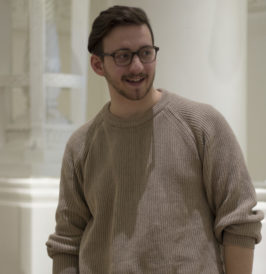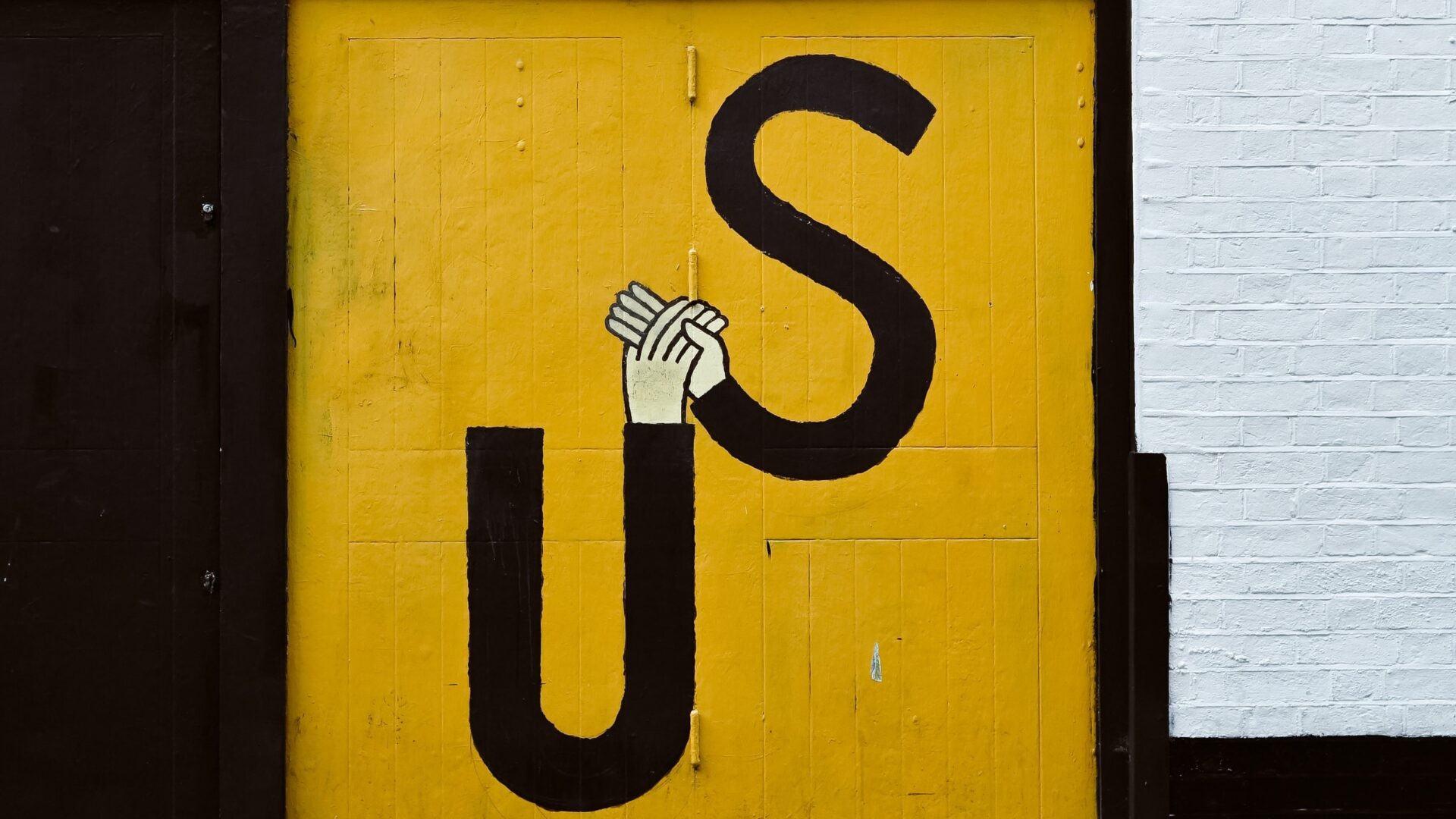Mark Leidner’s newest book, “Under The Sea” (Tyrant Books 2018), is a collection of short stories that span across time and space, examining the lives of rural Americans, the heartbreaks of a nun, conversations between radicalized ants and far more. Each of these stories feel like a miniature novel, full of unique and engaging ideas.
What I found most fascinating about this collection was the way these stories were arranged. Although none of them are connected (thematically or narratively), there is an impressive flow that forms between them as you read.
Leidner works with an engaging mix of realism and absurdism. In stories like “Under The Sea” and “Lost in Translation” the strangeness of the narrative is deeply rooted in our reality. A woman has an affair with someone she met at an arcade. A translator’s apartment gets robbed and he sends an email he shouldn’t have. In other stories, like “Avern-Y6” and “21 Extremely Bad Break-Ups” we are immediately pulled into the bizarre. This fluctuation between stories is what allows the collection to flow so well.
After “Avern-Y6” (a story about ants getting drunk as revolutionaries start a civil war) is the story “Garbage” (a story about someone having a rough day in a bougie cafe) and then after that “Void” (a battle of wits between a man and oblivion). This movement from light absurdism to heavy to light again keeps the reader on their toes. It prevents them from predicting what the next story will feel like, and from getting too familiar. Leidner expertly works within this eclectic frame.
The second story in the collection, “21 Extremely Bad Break-Ups” almost functions as a short story collection in and of itself (so much so that it was first published as a Newfound chapbook, a winner of the Newfound Prose Prize) and really accentuates this eclectic kind of absurdism. The piece constantly shifts between different perspectives. Moving from one vignette to the next, slowly piecing them together into something much larger. Lieder is not introducing a larger narrative but slowly creating the kind of fictional world that all of these relationships (and subsequent break-ups) could happen in: a place full of renegade buses, barhopping performance artists, and aliens assigned with protecting the Earth. Each time a new section begins, there’s no predicting in what direction it might head. The reader is forced to ease their grip on the wheel and let the car slowly curve off into a field or over a cliff.
This eclectic style is also aided by the multitude of narrators in “Under The Sea,” who each display very different and lively personalities. Never did I notice a narrator coming with me from one story into the next. April, the narrator in story “Bad-Asses,” shares little in common with the unlikeable middle schooler of “K-4” or the disheartened translator of “Lost in Translation.” Each of these characters makes for a story that can so clearly distinguish itself from those surrounding it. Leidner creates these fully formed humans with ease.
It’s rare that a short story collection flows as beautifully as “Under The Sea.” At times I thought that I might be reading a novel, perhaps a collage of short narratives in the style of “Soft Machine” by William S. Burroughs. A reader will never think, “We’re done here, time to move on to the next story.” Leidner is an exciting short story writer, working with original and playful ideas. “Under the Sea” is proof of this, and certainly worth your time.

Mike Corrao is a young writer and filmmaker working out of Minneapolis, where he earned his B.A. in film and English literature at the University of Minnesota. In 2016 he was an artist-in-residence for the Altered Esthetics Film Festival. His work has appeared in over 20 different publications, including Entropy, decomP, Cleaver, and the Portland Review. His first novel, Man, Oh Man will be released from Orson’s Publishing in the fall of 2018. Further information can be found at www.mikecorrao.com.


0 comments on “Eclectic Absurdism: Reading Mark Leidner’s Under The Sea”